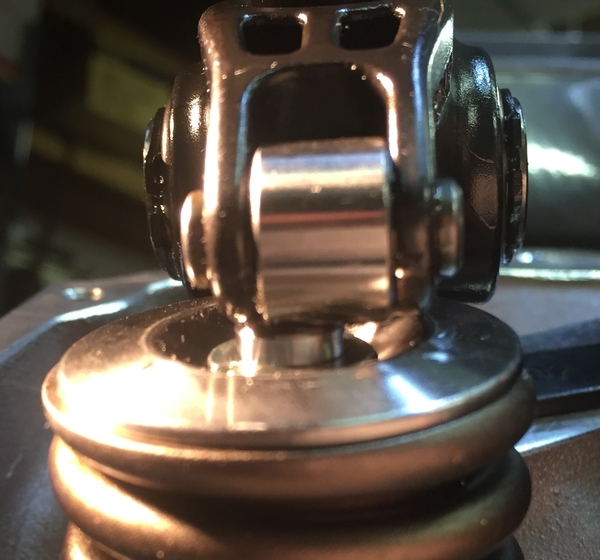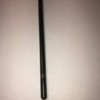 As you can see, I had a very similar experience with my 4V CHI heads.
As you can see, I had a very similar experience with my 4V CHI heads.
Comp Cams 4803 guide plates, Comp Cams 1630 1.7 ratio rockers on ARP studs.
I found this misalignment upon inspection after my engine builder had finished. Needless to say I was concerned, especially as I had notified him previous to the assembly of this exact issue you are experiencing, as I’ve seen previous owners who have been down this road before.
I elected to go to my second choice builder, who in hindsight should’ve been my first choice, and had him completely tear down all of the engine checking everything. I very clearly clued him in on the guide plate issue. Before he installed valve covers I inspected the valve train and found no alignment problems. When I asked if he had changed guide plates or had cut them and welded, he said all he did was invest the necessary time to get them properly aligned. He said the studs and the guide plate holes were not a press fit and the “wiggle room” available was enough to find the sweet spot for proper alignment.
The engine has since spent time on a engine dyno and delivered a very smooth 454 FWHP @5700.
The moral to my story is in any similar guide plate issue, the first step should probably be checking to see if there is wiggle room on your assembly to allow proper alignment.
Larry
![]()






